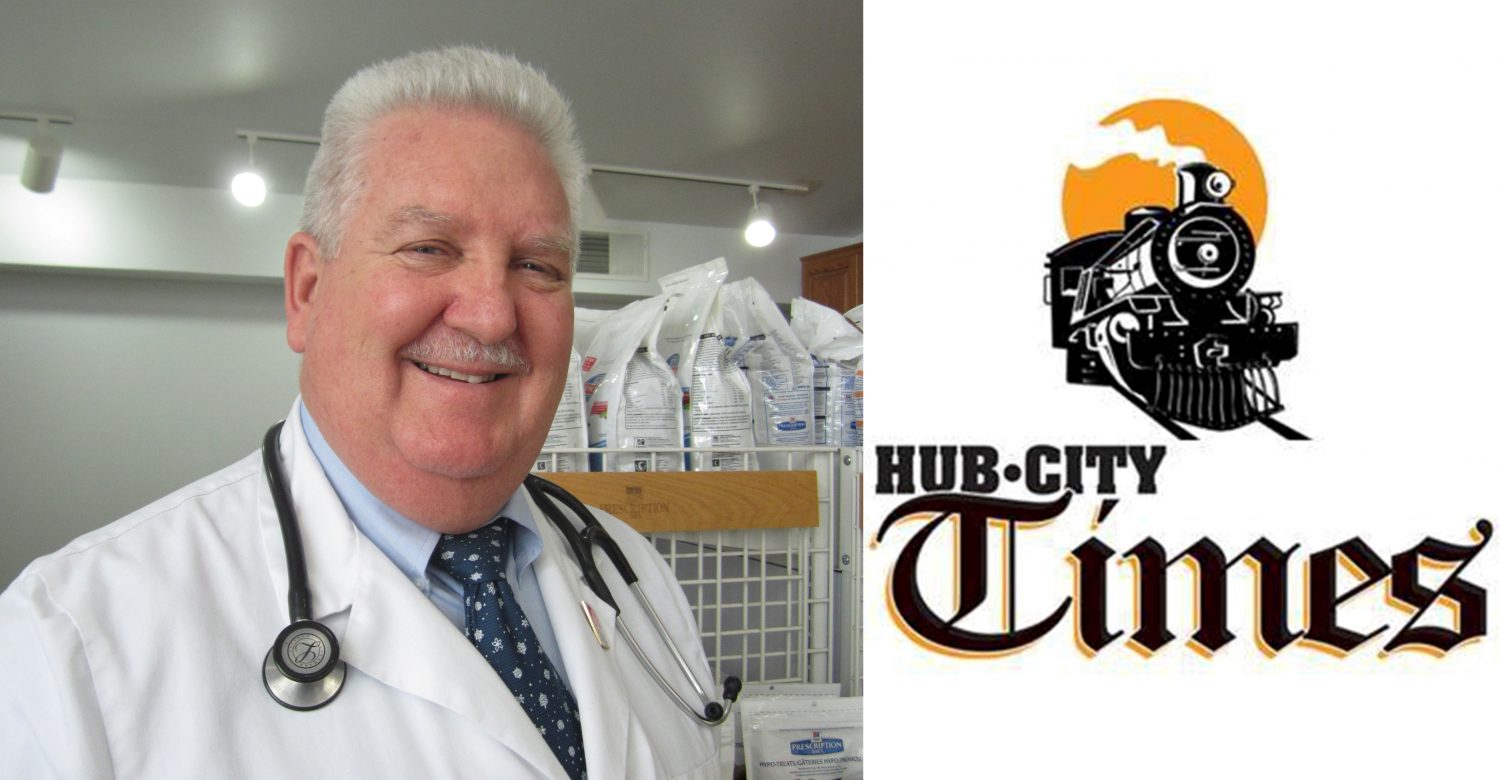Porcupines: A prickly situation

The vet’s office
By Dr. Roger Krogstad, DVM
Wildwood Animal Hospital and Clinic LLC
A pleasant walk in the woods may suddenly turn into an emergency when you hear the “yelp” and have your dog run back to you with what looks like a beard on its muzzle. Your dog has just had a porcupine encounter.
There must be a place in nature for these unusual critters, but they certainly are not pets’ favorite playmates. We know in defense a porcupine spins and whips its quill-studded tail at the face of the curious. If this is your pet, time is of the essence.
Under the microscope, the surface of the quill resembles a shingled roof, feeling rough toward the pointed end and smooth in the opposite direction. There are no barbs as some may have heard. Instead, this design promotes the migration of the quill deeper into the tissue over time and resists being pulled out without some effort. Unless efforts are made to quickly remove the quills, they can migrate into the deeper tissues, carrying bacteria with them that could cause life-threatening infections.
A few quills in the nose may be dealt with quickly with patience and a pair of pliers. If your pet grows resistant, as there is some discomfort, a tie around the muzzle with a shoelace or other ligature material will prevent nipping. Some additional restraint may still need to be provided for most dogs as the quill removal proceeds. Even though these are punctures in the skin, there appears to be a low chance for infection at the puncture site. If swelling or discharge is noted, though, a trip to your veterinarian is indicated.
For some dogs a porcupine may appear tasty, resulting in not just a few but hundreds of quills in the mouth, muzzle, and front paws. Immediate efforts should be made to reduce as much as possible the dog rubbing or pawing at the quills. This speeds the quills’ migration through the tissue.
You should immediately head for your veterinarian or emergency facility. This situation would require general anesthesia to take out the many quills and sometimes minor surgery to remove those that have already disappeared under the skin. Any dog with this level of exposure has a notation put on the front of its medical record to alert veterinary staff if issues arise later from quill migration.
Some dogs are slow learners and — unless conditioned professionally to avoid porcupines — will go back for more. We once saw the same dog twice in the same day because once he was discharged and back at home, he ran into the woods right back to where the porcupine was.
Again, immediate intervention is important before quill migration takes place.
Wildwood Animal Hospital and Clinic LLC is located at 210 Airpark Road in Marshfield and online at wildwoodanimalhospital.net.
Leave a reply
You must be logged in to post a comment.






